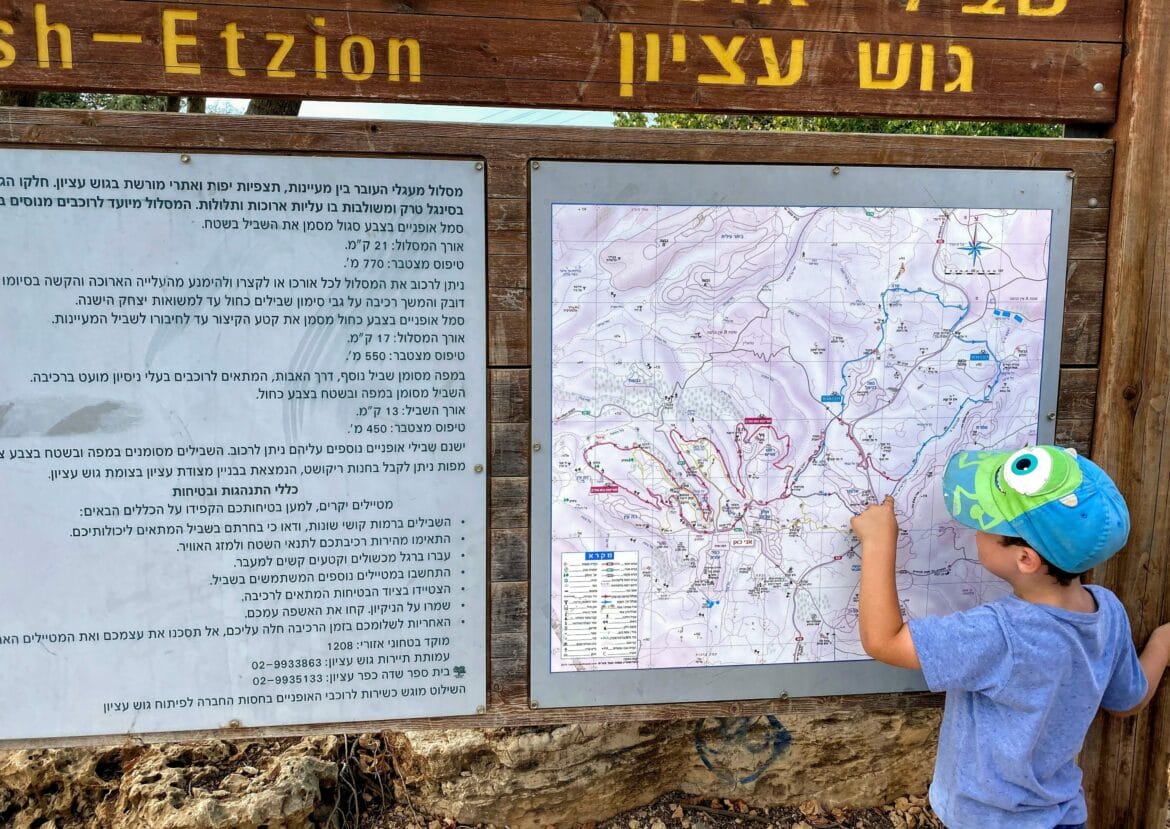
All You Need to Know to Begin Hiking in Israel
I’ve been hiking through Israel for years. The more I explore, the more I believe that our country is home to an incredible variety of natural beauty that anyone can enjoy.
Our land is also equipped with a network of well-marked and accessible trails. There are paths for every type of hiker: from handicapped accessible walkways to well-maintained adventure trails.
So…natural beauty + marked trails = ultimate hiking pleasure, right?
Not so fast. As with any activity in a new country, it can take time to learn the ins and outs of hiking in Israel. Many newbies and visitors find themselves confused about basic things, like how to follow trails or what to pack for a hike. This multi part series will try to address those questions and explain everything you need to know to start your hiking journey through Israel’s great outdoors.
I’ll explore topics like seasonal hiking in Israel, the geography and topography of Land, and what to put in that hiking backpack for a day’s adventure. In the first part, I’m going to explain the different types of parks, trails, and outdoors spaces you’ll encounter while hiking here in Israel.
Most hikes on our site fall into one of three categories:
- INPA Sites (Paid entry sites run by the Israel Nature and Parks Authority
- Free Entry National Parks and Nature Reserves (also run by the Parks Authority)
- KKL Parks and Forests maintained by Keren Kayemeth LeYisrael.
Each type of natural area has its own special setup. Let’s get down to the basics:
National Parks in Israel – What Are They?
In the United States where I grew up, National Parks were vast stretches of land, set aside for the preservation of the natural environment within. In Israel, the Israel Nature and Parks Authority (INPA) maintains hundreds of National Parks and Nature Reserves. As you would expect in a land of Israel’s size, most of these reserves are not as big as Yellowstone or Yosemite. Rather, they are mid-sized natural spaces, usually centered around one main natural feature or site of archeological importance.
Of these National Parks and Nature Reserves, some sites charge admission, and some are free entry. The paid entry sites are quite similar to American National Parks in a lot of ways.
Paid Entry National Parks and Nature Reserves Explained
Many of the most well-known National Parks fall into the paid entry category. You’ve probably heard of Ein Gedi Nature Reserve, Masada National Park, and the Banias Nature Reserve. These are all paid entry INPA parks.
At these sites, you’ll enjoy perks like bathrooms, picnic tables, a small store, and maps of the park. As you walk through the parks, you’ll probably encounter rangers who dispense info and help keep the park clean. Most of these places also offer special programs, like ranger led hikes and night activities.
Paid entry National Parks and Nature Reserves are typically quite user friendly. Upon entry to a park, you can ask for a map and info packet (in English), or you can ask for help planning out your day in the reserve. These parks are some of the easiest places to get started on your journey into Israel’s outdoors.
Many of the paid parks also offer a Junior Ranger Program. For 10 NIS, you can purchase a Junior Ranger booklet (in Hebrew only) and park pin for your child when you enter. After your child completes the booklet, you can return to the ranger for a stamp and signature.
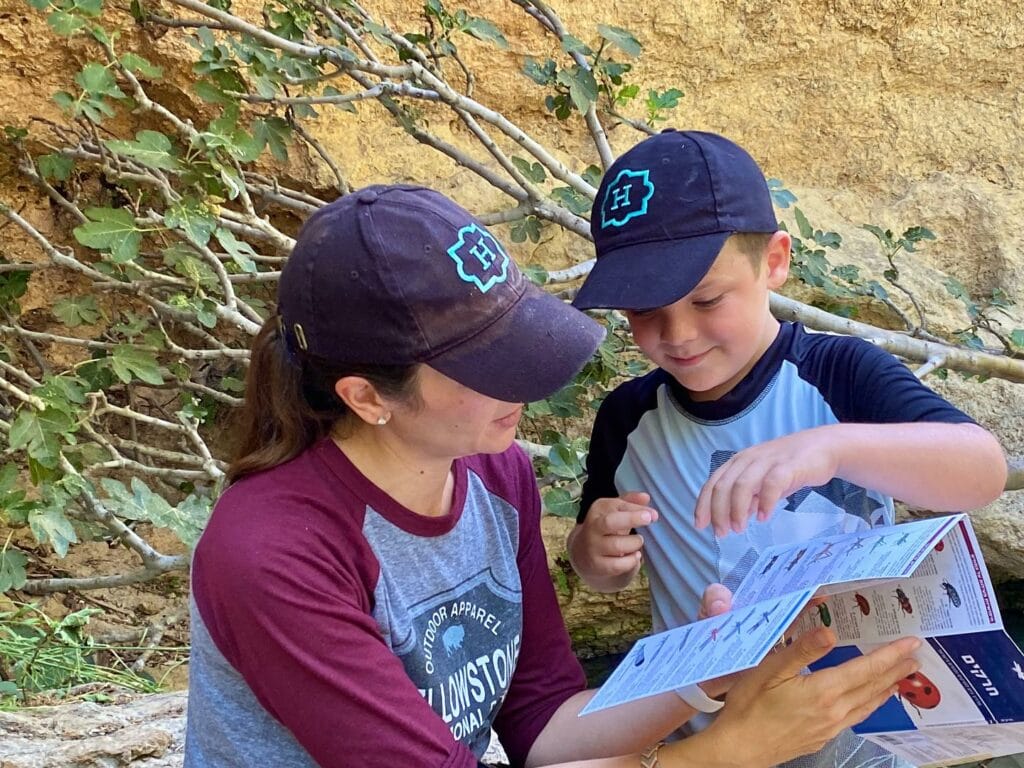
The entrance fees at the paid sites do range from place to place, but they’re usually less than 30 shekel a person. If you are planning on visiting several paid Nature Reserves a year, it is worthwhile to purchase a Parks membership. With this membership (Matmon), you’ll receive a card that grants free entry to all National Parks for one year along with a small discount on purchases at the reserves. You can purchase a membership at this link.

Another point to keep in mind when visiting National Parks: since the start of the Covid pandemic, all paid entry National Parks require reservations. That means that you have to book your spots in advance online. This is a simple and user-friendly process. Just make sure you reserve well in advance for summer days and holidays. You can reserve your spots at this link.
INPA Parks and Reserves are also great places to camp out and enjoy seasonal activities. You can find out what other outdoor activities you can take part in at the INPA website.
Free Entry National Parks and Nature Reserves Explained
The majority of the country’s nature reserves are free entry. These sites are maintained by the Parks Authority, but they don’t come with the same user-friendly facilities that paid parks do. At these sites, there are no paper maps, facilities, or Junior Ranger programs. On the other hand, they’re free. And they don’t require any advance registration, which makes them an appealing choice for last minute planners.
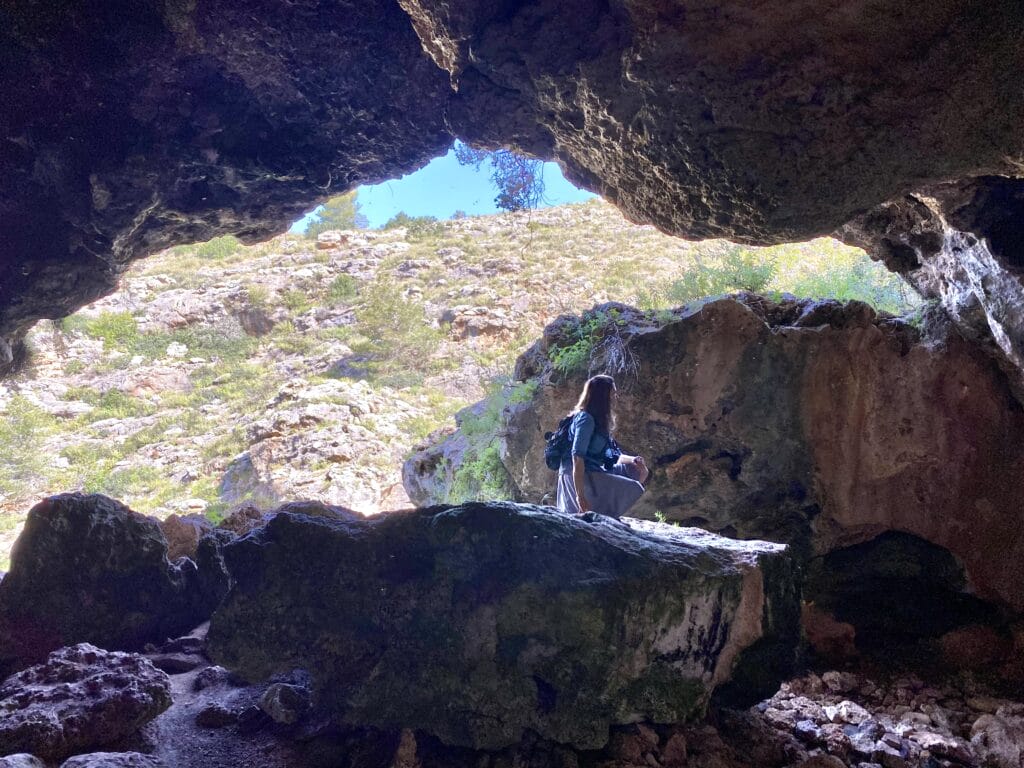
Usually, the free nature reserves tend to be less crowded than the paid-entry reserves. Many of the trails on Hiking the Holyland fall into this category (Ramon Crater Trails, Nahal Kelah in the Carmel, and Jilaboun Stream, for example). When you’re on these hikes, you won’t necessarily know that you’re in a National Park at all. In fact, some of these reserves were originally planned and planted by KKL before being turned over to the auspices of the Parks Authority.
The trails in these parks are always well marked, as are most of the trails in Israel (thanks to SPNI (Society for the Protection of Nature in Israel), responsible for maintaining the country’s trails).
KKL Parks and Forests Explained
Just across the road from Beit Guvrin National Park (an INPA site), you’ll find Adulam Grove Nature Reserve, maintained by Keren Kayameth LeYisrael, or KKL. KKL is not part of the Parks Authority at all – they are a completely separate organization. They manage many parks and reserves throughout Israel, like Sataf, Park Britannia, and Tzora Forest.
KKL Parks are all free entry. At each entrance point to the park (there are often several), you’ll find a wooden signboard with a map of the trails, bathrooms, and picnic sites in the area. Usually, you’ll also see an explanation of the local plant and animal life on a signboard in the park. Some of these parks are quite large (Adulam for example), and some are small.
KKL forests and reserves tend to be geared towards hikers and cyclists. Most of these parks are not centered around one specific natural feature or archeological site (although many do contain these things!). Rather, these parks were created to preserve large pieces of natural terrain and help Israel’s plant and animal life thrive. You’ll find that the long and winding trails in KKL parks and forests are perfect for hikers and nature lovers.
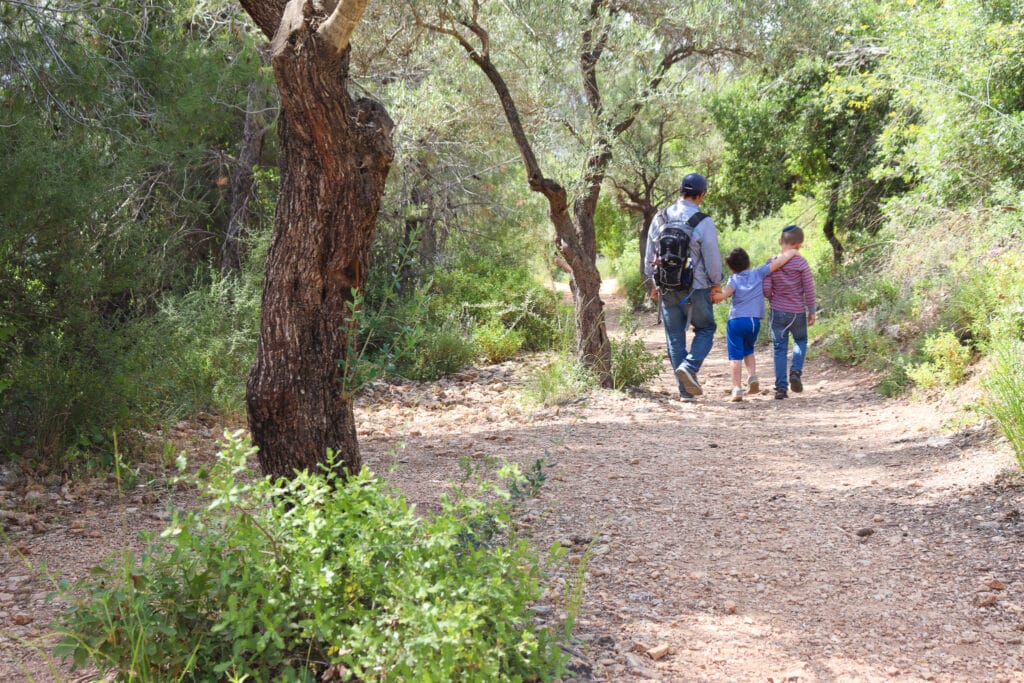
There is one confusing thing about KKL parks: they have their own trail markers (located on wooden signposts). Sometimes, these trail markers are well placed and correspond nicely to the usual, painted trail markers posted on rocks and metal signposts. But, sometimes, the wooden KKL trail markers may be run down, missing, or differently marked than the regular ones. Don’t worry – our hike posts on Hiking the Holyland always tell you where to go. Use the trail marker galleries and Google Earth tools in the tables at the top of each post to find your way.
You can read all about KKL’s many forests and parks at their website.
Summing it All Up
Now you understand the three main types of parks and nature reserves where you can hike in the Holy Land There are a few other types of hiking areas in Israel, but most hikes fall into these three categories.
You’re well on your way to understanding the essentials. Stay tuned for Part Two of this comprehensive guide to Israel hiking basics!
For Pay Parks Authority Hikes:
Free Parks Authority Hikes:



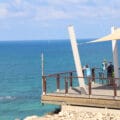

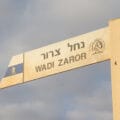
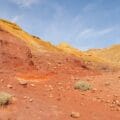

I’d like to know if it’s necessary to have a car to join your group at the meeting point of the hike or are there alternative modes of transportation to get there.
Thanks
Thanks so much!!! Trying to get my family more into hikes and nature and so as a Beginner … so much appreciate this post
Thank you for the great feedback!